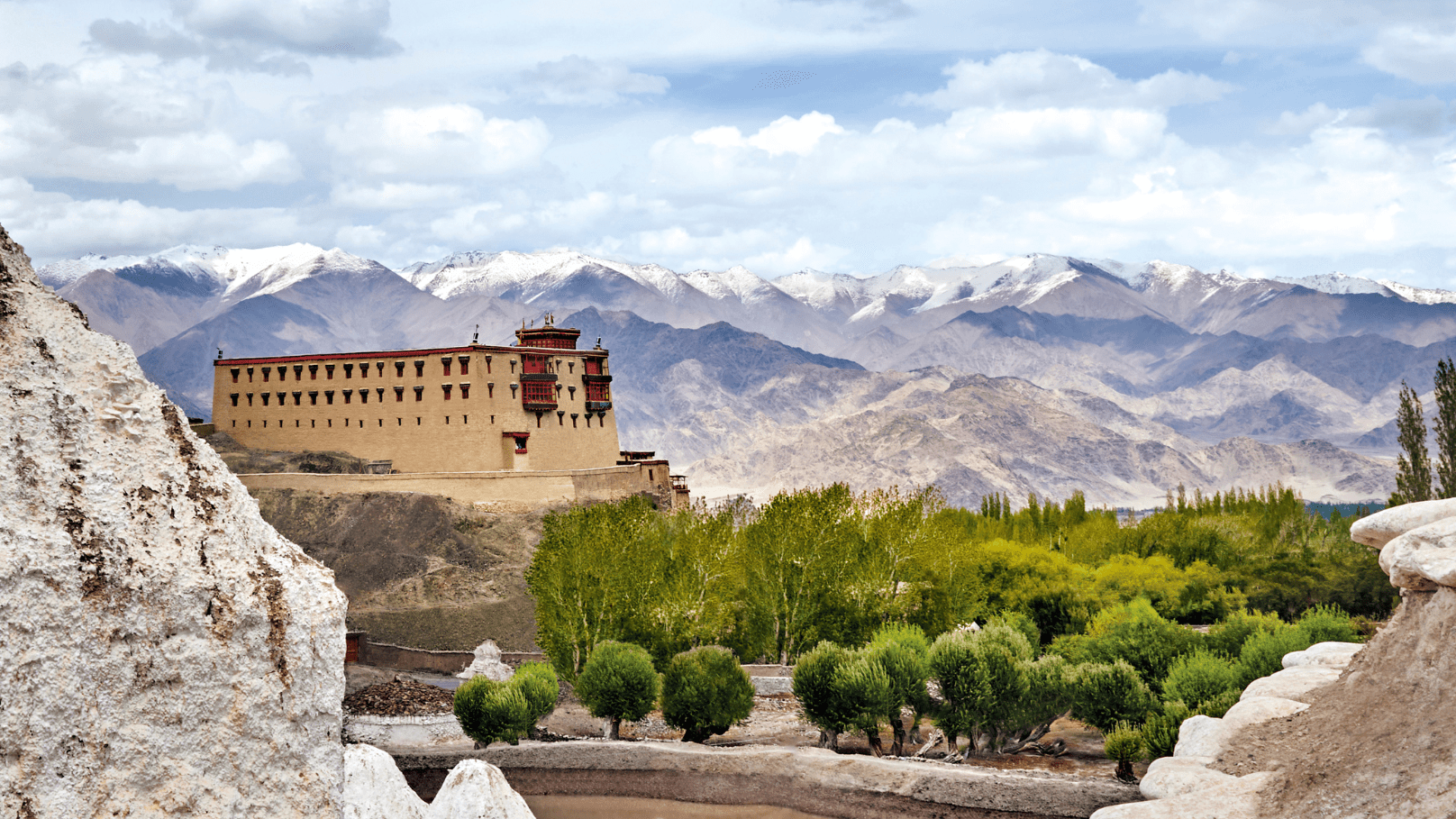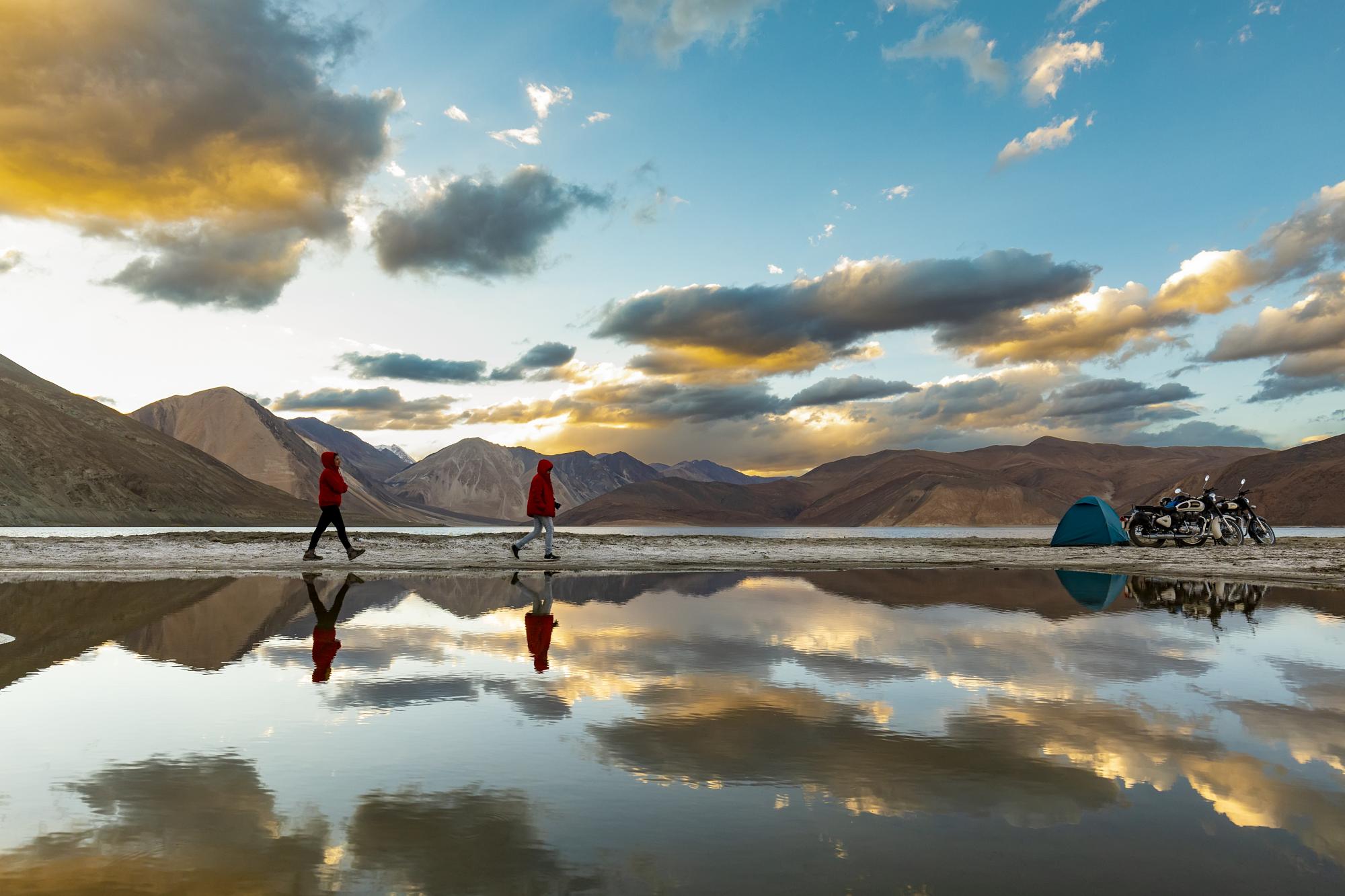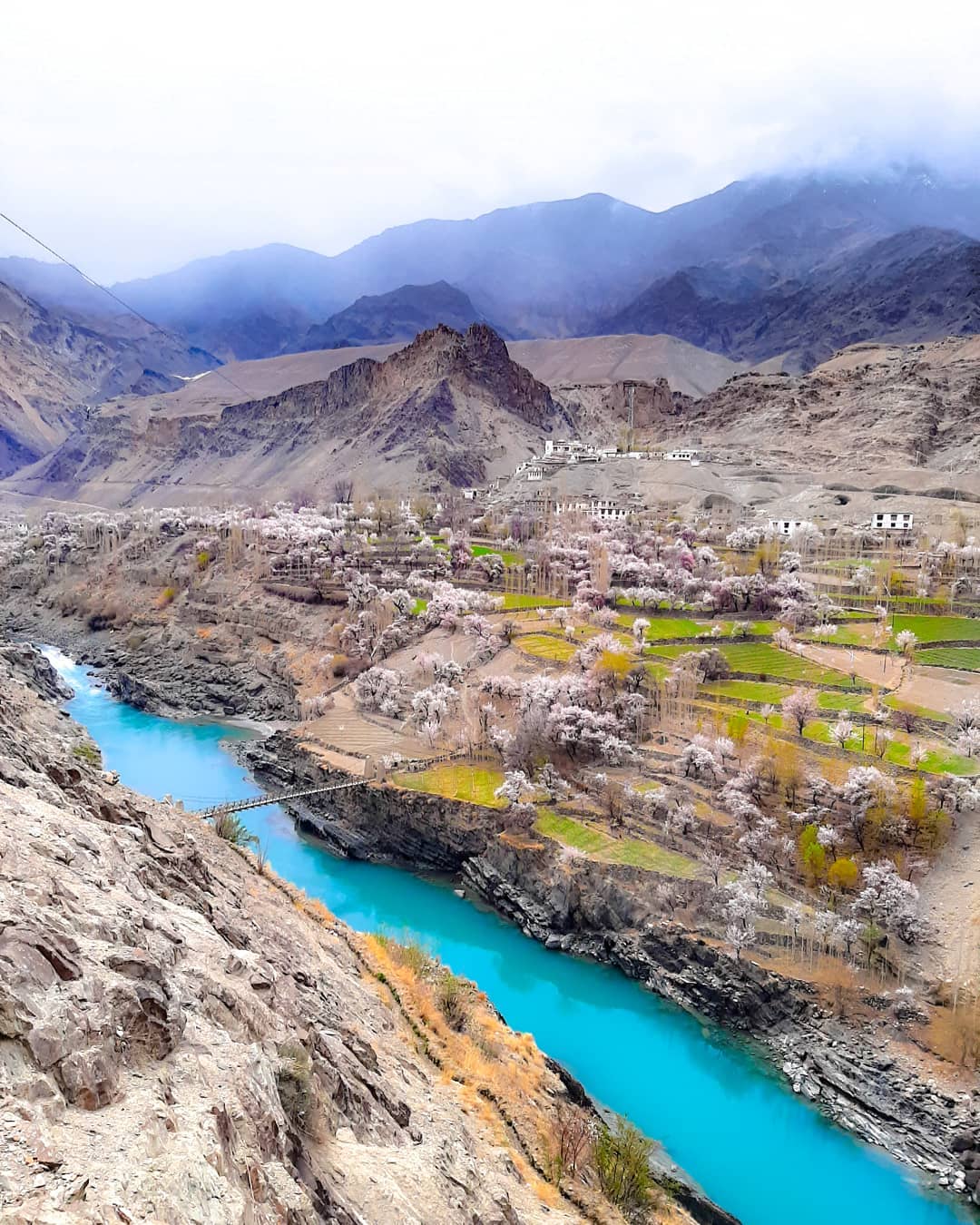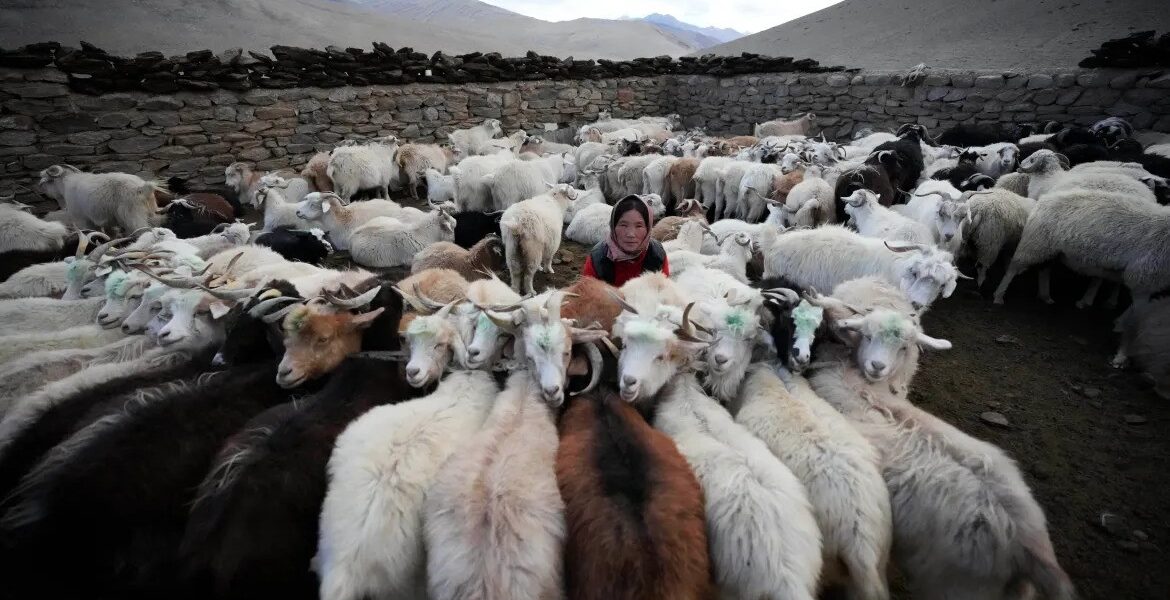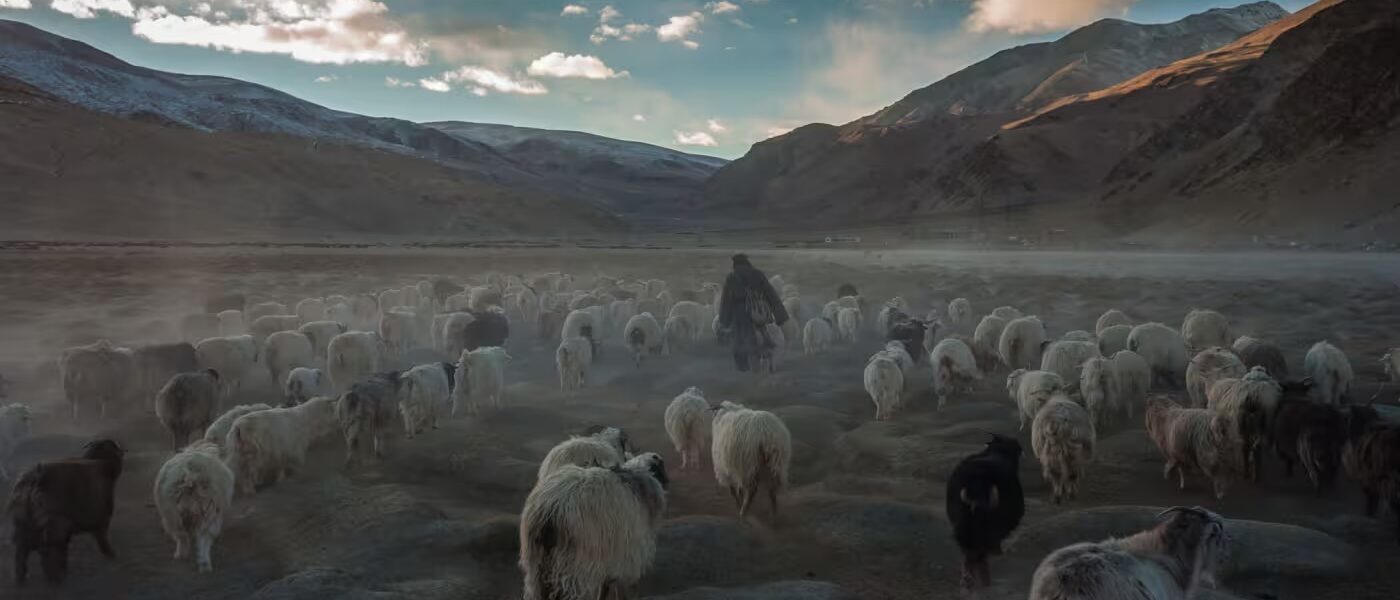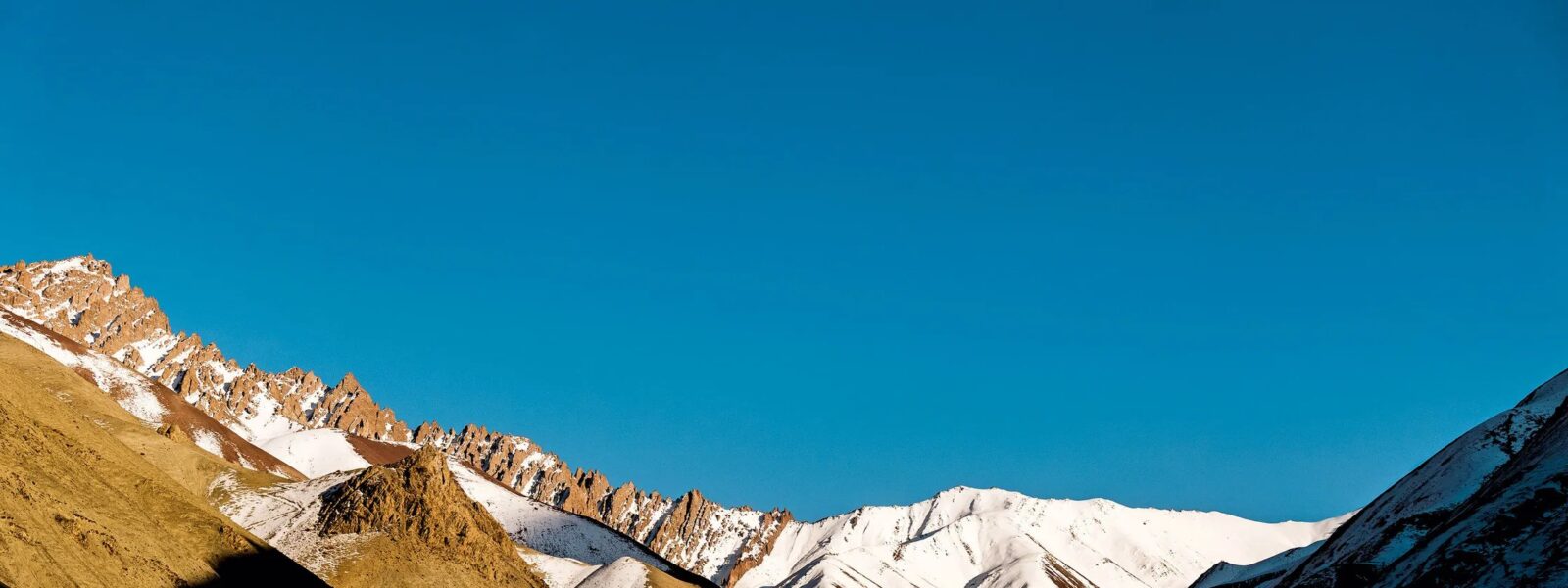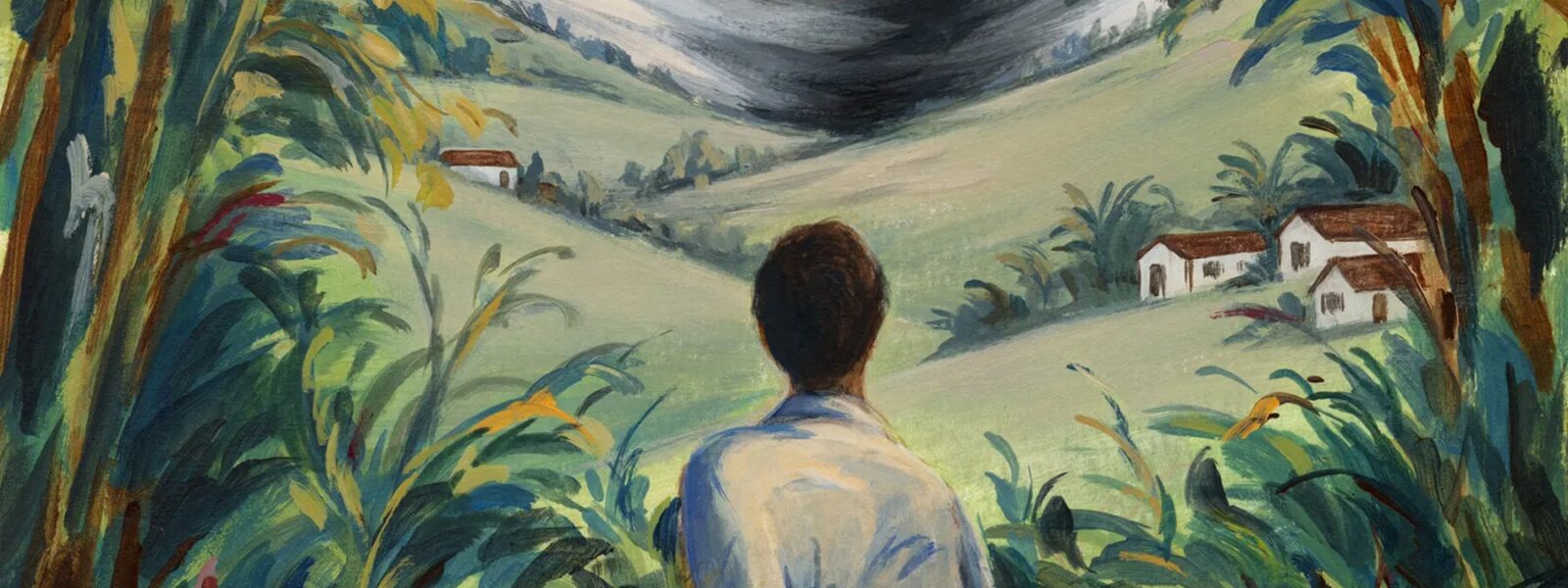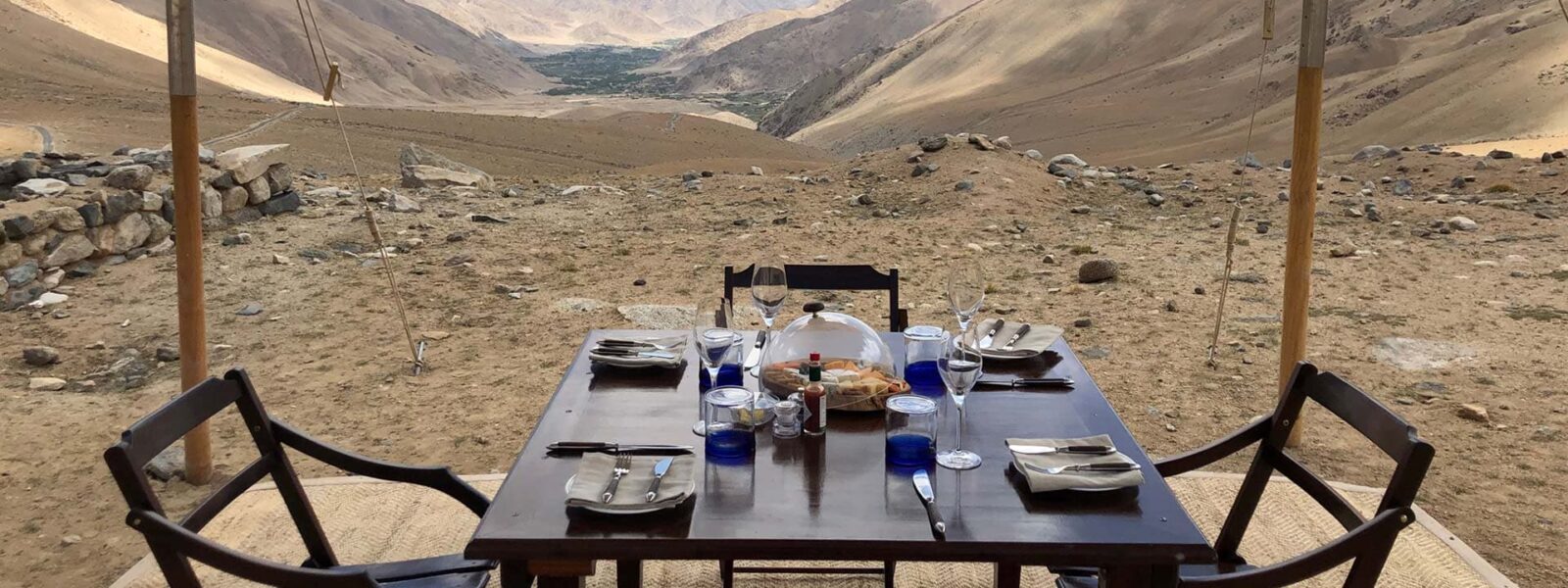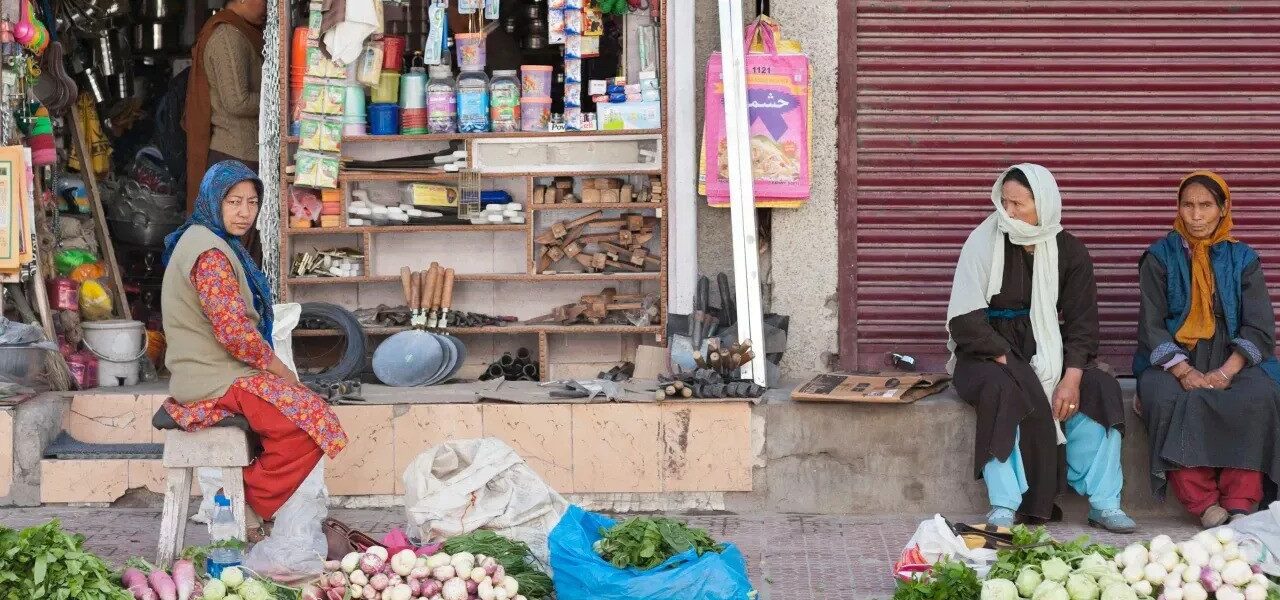Introduction: Why Ladakh Should Be on Your 2025 Bucket List
Tucked away in the northernmost reaches of India, Ladakh is no longer the Himalayas’ best-kept secret. In 2025, this remote and breathtaking region is drawing the attention of intrepid travelers seeking something far beyond the usual tourist trails. Bordered by the Karakoram and Zanskar ranges, Ladakh offers a rare blend of dramatic landscapes, deeply rooted spirituality, and ancient culture that feels both timeless and transformative. If you’re dreaming of a place where every bend in the road opens up to jaw-dropping vistas, where Buddhist prayer flags flutter in the wind, and where the silence of the mountains speaks louder than words — then Ladakh belongs on your bucket list.
What sets Ladakh apart isn’t just its physical beauty, though the barren mountains, turquoise lakes like Pangong and Tso Moriri, and vast alpine valleys are undeniably unforgettable. What truly elevates Ladakh is its spirit — a way of life shaped by isolation, resilience, and harmony with nature. In 2025, travelers are increasingly looking for destinations that are not only visually stunning but also meaningful. Ladakh offers just that: a place where you can slow down, disconnect from the digital noise, and connect deeply with the land and its people.
Whether you’re planning a week-long trip or a month-long journey, Ladakh has something for every kind of explorer. From the sand dunes and double-humped camels of Nubra Valley to the centuries-old monasteries clinging to mountain cliffs, this is a land of extremes and contrasts. High mountain passes like Khardung La test your spirit of adventure, while tranquil homestays in villages like Turtuk, Alchi, or Hemis offer glimpses into Ladakhi hospitality and warmth.
As tourism in the Himalayas continues to grow, Ladakh stands out for its emphasis on sustainability. Local communities are actively involved in responsible tourism practices, offering travelers an opportunity to experience Ladakh without leaving a harmful footprint. In this guide, we’ll show you how to make the most of your Ladakh trip — from the best time to visit and how to get there, to must-see attractions and hidden gems you won’t find in conventional guides.
So whether you’re a first-time visitor or returning to rediscover the magic, this is your gateway to planning an unforgettable adventure in one of India’s most awe-inspiring regions. Let’s begin the journey.
Where is Ladakh? A Land of High Passes in Northern India
Ladakh is a high-altitude desert region nestled in the far north of India, in the newly formed Union Territory of Ladakh. Sandwiched between the towering Karakoram Range to the north and the rugged Himalayas to the south, this enchanting land is often referred to as the “Roof of the World.” At an average elevation of over 3,000 meters (10,000 feet), Ladakh is defined by its dramatic mountain landscapes, deep valleys, and vast open skies. But to understand Ladakh is to understand more than just geography—it is to enter a world shaped by isolation, resilience, and timeless spiritual traditions.
Geographically, Ladakh borders Tibet to the east, Himachal Pradesh to the south, and the Kashmir Valley to the west. The region is divided into two major districts: Leh and Kargil. Leh, the more popular and accessible of the two, serves as the gateway for most travelers, offering a blend of tradition and modern amenities. Kargil, meanwhile, is a more remote and less-visited district with untapped cultural and adventure tourism potential. From the snow-capped peaks of the Zanskar Range to the lush apricot orchards of villages like Garkone and Darchik, Ladakh offers a variety of microclimates and landscapes in a single journey.
In 2025, Ladakh continues to grow as one of India’s most sought-after adventure travel destinations. Its remote location and limited accessibility have preserved its raw beauty and authentic culture. However, improvements in road infrastructure and the increased number of direct flights to Leh from cities like Delhi and Mumbai have made the region more accessible than ever before. With increasing connectivity, more travelers are discovering the magic of Ladakh — but the region still retains a sense of untouched wilderness.
The phrase “Land of High Passes” is not poetic exaggeration — it is rooted in reality. The region is home to some of the world’s highest motorable roads, including Khardung La, Chang La, and Marsimik La. These mountain passes are not just routes but experiences in themselves, offering panoramic views, fluttering prayer flags, and a sense of triumph as you stand at the top of the world. Every journey in Ladakh is an elevation — both literal and spiritual.
So if you’ve ever asked yourself, “Where exactly is Ladakh?” — know that it is a place where geography and soul meet. It is not just a dot on the map, but a vast expanse of silence, beauty, and inspiration that calls to the traveler who seeks more than just a vacation. It’s a destination that begins with a road and ends with transformation.
Best Time to Visit Ladakh in 2025
Ladakh is open to travelers for only part of the year, and choosing the right time to visit can define your experience. In 2025, whether you’re dreaming of serene lakes under clear blue skies or snow-dusted landscapes with fewer tourists, this section will help you pick the perfect season. Each month in Ladakh reveals a different side of this Himalayan gem.
🌸 Spring (April – Early June)
Spring in Ladakh begins late — typically in April — as the region awakens from its long, frozen slumber. Apricot and apple blossoms dot the villages of Sham Valley and Kargil, while roads from Srinagar to Leh begin to open. This is an excellent time for photographers and those seeking fewer crowds. Temperatures range from 5°C to 15°C, and while some high passes remain closed, lower-altitude areas are accessible.
☀️ Summer (Mid-June – August)
This is the most popular season to visit Ladakh. By June, both the Manali-Leh and Srinagar-Leh highways are open, and the region becomes a haven for adventurers, bikers, and trekkers. Expect clear skies, dry weather, and vibrant festivals such as Hemis Tsechu. Pangong Lake, Tso Moriri, Nubra Valley, and remote areas like Zanskar become fully accessible. Daytime temperatures hover between 15°C and 25°C, though nights can be chilly.
🍂 Autumn (September – Mid-October)
Autumn is Ladakh’s secret season. As the crowds thin, the air turns crisp and the landscape transforms with golden poplars and harvested barley fields. This is the best time for travelers seeking solitude, clearer mountain views, and a quieter cultural experience. Treks like Markha Valley and Sham Valley are still doable, and accommodation is more easily available. However, cold nights begin to return, especially in higher altitudes.
❄️ Winter (Mid-October – March)
Only the bold venture to Ladakh in winter, but those who do are rewarded with a unique and raw experience. The region is cut off by road, but flights to Leh continue from Delhi and other major cities. Famous for the Chadar Trek over the frozen Zanskar River, winter in Ladakh is cold (often below -15°C), but spiritually rich and visually surreal. Monasteries are quieter, skies are crystal clear, and life slows to its purest form. Homestays in villages like Gya or Ule offer authentic local warmth.

🌟 Quick Tips for Choosing Your Season
- For road trips: Visit between June and September.
- For trekking: July to early October is ideal.
- For festivals and culture: Plan around Hemis Festival in June or local harvests in September.
- For a snow adventure: January or February offers a silent, magical Ladakh.
No matter when you choose to visit, remember that Ladakh is a high-altitude region. Weather can change quickly, and conditions in mountain passes vary. Always check road status and flight schedules before planning your trip.
In the next section, we’ll help you figure out exactly how to get to Ladakh — whether you’re flying in from Delhi, road-tripping from Manali, or seeking a scenic route from Srinagar.
Ladakh Travel Guide 2025
Ladakh Travel Guide 2025 | The journey through Ladakh mirrors the very essence of unraveling unknown horizons, as its dramatic landscapes and unique cultural identity awaken the deepest sense of wonder and exploration. Ladakh Travel Guide 2025delves into this realm where inner peace intertwines with the wild, untouched beauty of Ladakh. From the snow-capped peaks to the serene monasteries, every step in Ladakh is a step toward self-discovery. The mountains, ancient paths, and unspoken mysteries stretch before travelers, offering a meditative experience where each encounter feels both effortless and transformative. Whether it’s trekking across remote valleys or sitting quietly beside a sacred lake, Ladakh invites those who seek a deeper connection to the natural and spiritual world.

Ladakh Travel Guide 2025
The monasteries of Ladakh stand as living monuments to the region’s profound spiritual heritage. With origins dating back over a thousand years, these ancient structures are both places of worship and repositories of art, culture, and wisdom. Hemis Monastery, one of the largest in Ladakh, is renowned for its annual festival, featuring colorful mask dances performed by monks. The history of these monasteries reflects Ladakh’s role as a crossroads between India, Tibet, and Central Asia, where religious and cultural influences have intertwined over the centuries.
The Tibetan Buddhist influence is especially evident in the architecture and daily life of the monks. Prayer wheels, intricate murals, and the soft hum of chants fill the air as visitors explore the monastery grounds. Each monastery, from the remote Lamayuru to the awe-inspiring Thiksey, offers a window into the spiritual heart of Ladakh. These centers of meditation, learning, and community life continue to thrive, preserving traditions that have shaped Ladakh for generations.
Ladakh Travel Guide 2025
Ladakh is a destination that transcends mere travel. It offers a journey that touches both the outer and inner landscapes, making it a perfect setting for those who seek to unravel their own unknown horizons. The region’s breathtaking scenery—from towering mountain ranges to hidden valleys—provides not just an escape but a space for contemplation and growth. Ladakh’s culture, deeply rooted in Buddhist practices, invites visitors to reflect on their own lives and the world around them.
Ladakh’s people, known for their warmth and hospitality, add to the richness of the experience. Villages like Sumda Chun and the legendary Nubra Valley introduce travelers to a way of life that is intricately connected to nature and spirituality. Staying in local homestays allows for immersive experiences where one can learn about traditional Ladakhi customs, share meals made from local produce, and participate in community rituals.

Beyond its natural beauty, Ladakh offers a unique opportunity to explore oneself. The vastness of the region’s plateaus and the clarity of its skies seem to mirror the vastness of the human spirit. Whether it’s standing atop a mountain pass at 18,000 feet or meditating in a centuries-old monastery, Ladakh helps unravel the unknown horizons within each traveler.
Finding the Best Ladakh Travel Guide 2025 in Ladakh
Finding the best places in Ladakh to experience ” Ladakh Travel Guide 2025″ involves venturing off the beaten path. Ladakh’s lesser-known treks, such as those leading to secluded monasteries or high-altitude lakes, offer unparalleled opportunities for solitude and reflection. The Ladakh Travel Guide 2025, for instance, takes travelers through verdant valleys, ancient villages, and high-altitude passes, allowing for both physical and spiritual exploration.
Ladakh’s iconic lakes, including Pangong Tso and Tso Moriri, are ideal spots for quiet contemplation. Their still waters reflect the sky, creating a mesmerizing landscape that feels timeless and infinite. Sitting beside these lakes, especially at dawn or dusk, brings an overwhelming sense of peace and connection with nature.

For those interested in Ladakh’s spiritual heritage, exploring monasteries such as Alchi, Phyang, or Diskit can be a transformative experience. These sites are not just places of worship but also centers of art, philosophy, and wisdom. Visiting these monasteries, with their ancient murals and intricate statues, offers insight into Ladakh’s rich cultural tapestry.
Ladakh’s Atmosphere and Ladakh Travel Guide 2025
Ladakh’s atmosphere is unlike any other place on Earth. The stark contrasts between the rugged mountains and the serene, tranquil monasteries create an environment that feels both raw and sacred. The traditional decor in Ladakhi homes and religious sites reflects this balance, with mud-brick houses adorned with prayer flags and colorful thangkas (Buddhist paintings) that add warmth and spiritual meaning to the space.

The interiors of Ladakhi homes, often simple and functional, are filled with symbols of devotion. Small shrines dedicated to Buddhist deities are common, and the air is often fragrant with incense. The use of earthy materials, like stone and wood, along with brightly colored textiles, creates an inviting and peaceful space, perfect for relaxation and reflection.
Traditional Ladakh Travel Guide 2025
Traditional Ladakh Travel Guide 2025is an integral part of the region’s identity, offering a unique blend of flavors that reflect its harsh climate and remote location. Hearty, warming dishes such as thukpa (noodle soup) and momos (dumplings) provide the sustenance needed to endure Ladakh’s cold temperatures. Skyu, a thick stew made with root vegetables and barley, is another staple of the Ladakhi diet, designed to nourish both body and spirit.

Drinks like butter tea, made with yak butter and salt, are a must-try for anyone visiting Ladakh. This rich, savory drink is not only warming but also hydrating, making it essential for those venturing into the high-altitude regions of Ladakh. Chang, a local barley beer, is often enjoyed during festivals and community gatherings, adding a sense of joy and camaraderie to any occasion.
Live Cultural Ladakh Travel Guide 2025in Ladakh
Ladakh is home to a vibrant cultural scene, with festivals and live performances held throughout the year. The Hemis Festival, which celebrates the birth of Guru Padmasambhava, is one of the largest and most famous events in the region. Monks dressed in elaborate costumes perform cham dances, which depict the triumph of good over evil. The energy of the festival, with its bright colors, rhythmic music, and elaborate rituals, draws visitors from around the world.
Other local festivals, such as the Losar (New Year) and Ladakh Festival, provide visitors with the chance to witness traditional dance, music, and crafts that have been passed down through generations. These events are more than just entertainment; they are a celebration of Ladakh’s rich cultural heritage and its deep connection to the spiritual world.
Trekking and Outdoor Activities Ladakh Travel Guide 2025
Ladakh is a trekker’s paradise, offering some of the most stunning and challenging routes in the world. From the famous Ladakh Travel Guide 2025, which follows the frozen Zanskar River, to lesser-known routes like the Sham Valley or Nubra Valley treks, Ladakh’s landscape offers endless possibilities for adventure and discovery. The high-altitude passes, such as Khardung La and Chang La, offer breathtaking views of snow-capped peaks and sprawling valleys.

Wildlife enthusiasts will also find Ladakh Travel Guide 2025to be a haven for rare species such as the Ladakh Urial, Himalayan Spituk Gustor Festival, and the Spituk Gustor Festival. Winter expeditions to spot the elusive Ladakh Travel Guide 2025in the Hemis National Park are gaining popularity among wildlife photographers and conservationists alike.
The Importance of Preserving Ladakh’s Ladakh Travel Guide 2025
Ladakh’s rich cultural and environmental Ladakh Travel Guide 2025is under increasing threat from climate change and mass tourism. Preserving this unique region requires careful attention to sustainable tourism practices. Choosing eco-friendly accommodations, supporting local businesses, and participating in community-led conservation efforts are just a few ways that visitors can contribute to the preservation of Ladakh’s natural and cultural heritage.
Ladakh’s people have a long history of living in harmony with their environment, practicing sustainable agriculture, and maintaining a deep spiritual connection to the land. Visitors are encouraged to follow the same principles, leaving no trace and respecting the fragile ecosystems that make Ladakh so special.
Etiquette and Tips for Visiting Ladakh Travel Guide 2025
Before visiting Ladakh, it’s essential to understand and respect the region’s customs and traditions. As a deeply spiritual place, Ladakh requires visitors to dress modestly, especially when visiting monasteries or attending religious ceremonies. Always ask for permission before taking photographs inside monasteries or of local people.
Medical Ladakh Travel Guide 2025
Spa trail Ladakh Travel Guide 2025
Ladakh Travel Guide 2025

When Ladakh Unveiled, remember to stay on designated paths to avoid damaging fragile ecosystems. Tipping is appreciated but not expected in most settings, and it’s important to carry cash, as many remote areas do not accept credit cards. Lastly, be mindful of altitude sickness and take the necessary precautions when traveling to higher elevations.
Conclusion: Enjoying Best Time to Visit Ladakhin Ladakh
Ladakh is a place where the physical and spiritual worlds converge, offering travelers a journey unlike any other. Whether you’re trekking across high-altitude deserts, exploring ancient monasteries, or simply sitting in quiet reflection by a mountain lake, Ladakh invites you to unravel your own unknown horizons. By respecting the region’s traditions and practicing sustainable tourism, you help ensure that Ladakh’s beauty and cultural richness will be preserved for future generations to explore and enjoy.
